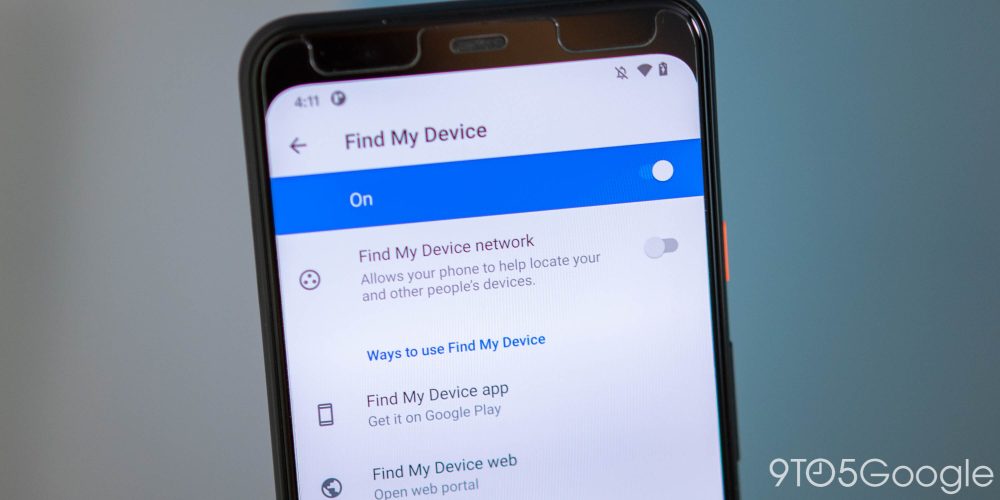
The latest beta version of Play services rolled out last evening to reveal that Google is working on a “Find My Device network” capability named “Spot” that leverages your Android phone to locate other devices.
About APK Insight: In this “APK Insight” post, we’ve decompiled the latest version of an application that Google uploaded to the Play Store. When we decompile these files (called APKs, in the case of Android apps), we’re able to see various lines of code within that hint at possible future features. Keep in mind that Google may or may not ever ship these features, and our interpretation of what they are may be imperfect. We’ll try to enable those that are closer to being finished, however, to show you how they’ll look in case that they do ship. With that in mind, read on.
Today, Find My Device requires an internet connection, so a phone must be connected to Wi-Fi or cellular data networks in order to be found. This approach works in most cases, but Apple’s Find My network takes the extra step of having devices broadcast Bluetooth signals even when they’re offline. The signal can be picked up by any other iOS device to relay that and the location to the cloud, so you can find a lost gadget in more circumstances.
Google now looks to be leveraging its 3 billion Android devices to create a similar “network.” We enabled with Play services 21.24.13 a “Find My Device network” setting to turn this feature on/off. Note how it’s distinct from the main Find My Device switch. As such, you can exclude your phone from being used as a relay.

Strings today only refer to helping find “other people’s devices.” It’s not clear if this just means phones, tablets, watches, and headphones or whether there will be support for AirTag-like dedicated object trackers.
On further inspection, we’ve discovered that the underlying API for the Find My Device network is named “Spot.” Basic details about how this works include the use of encryption and a key that is rotated every few hours.
Meanwhile, Spot is connected to the Eddystone protocol that Google worked on in the mid-2010s for “proximity beacon messages.” At the time, Google was invested in creating a “Physical Web” where real-world objects could interact with your phone. Examples included getting a transit schedule at bus stops, guides in a museum, and free Wi-Fi. However, these notifications were increasingly used for spam and Google disabled the ability for Android phones to receive Nearby notifications in 2018.
We also believe there will be a separate “Spot” app with a vaguely triangular icon — as seen in the cover image above — that’s white at the center and radiates out into darker shades of blue. The exact purpose of this app — with the logo implying a scanning/distance action — and relation to the existing Find My Device Android client is unclear, but it could help more precisely locate things on the network.
Thanks to JEB Decompiler, from which some APK Insight teardowns benefit.
Dylan Roussel contributed to this article
Author: Abner Li
Source: 9TO5Google



